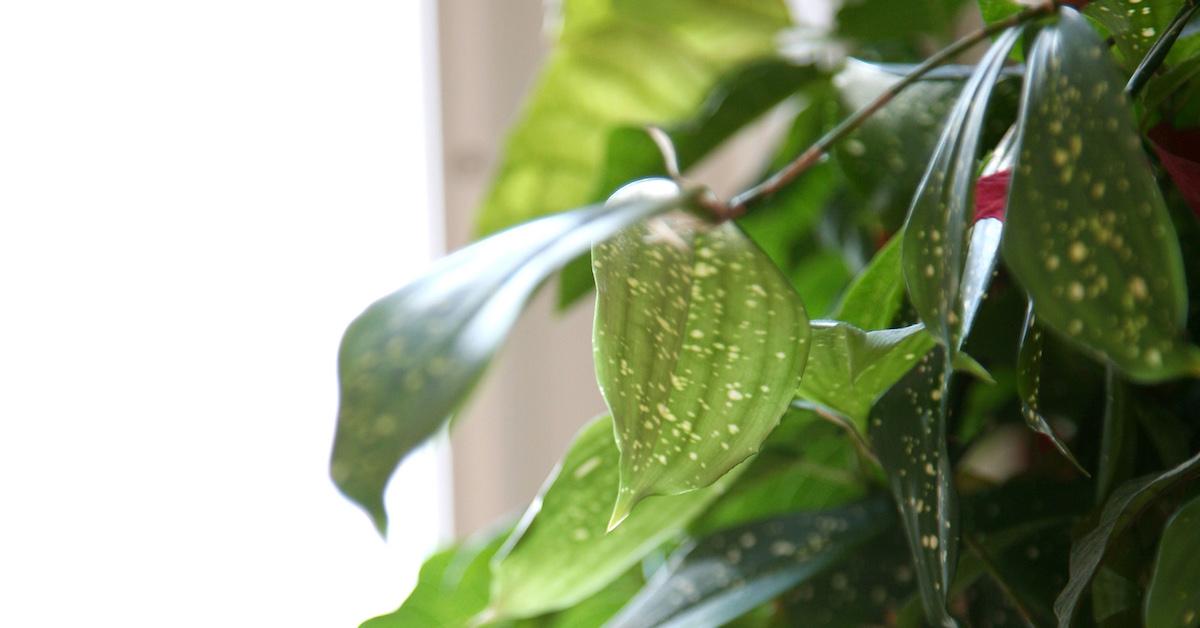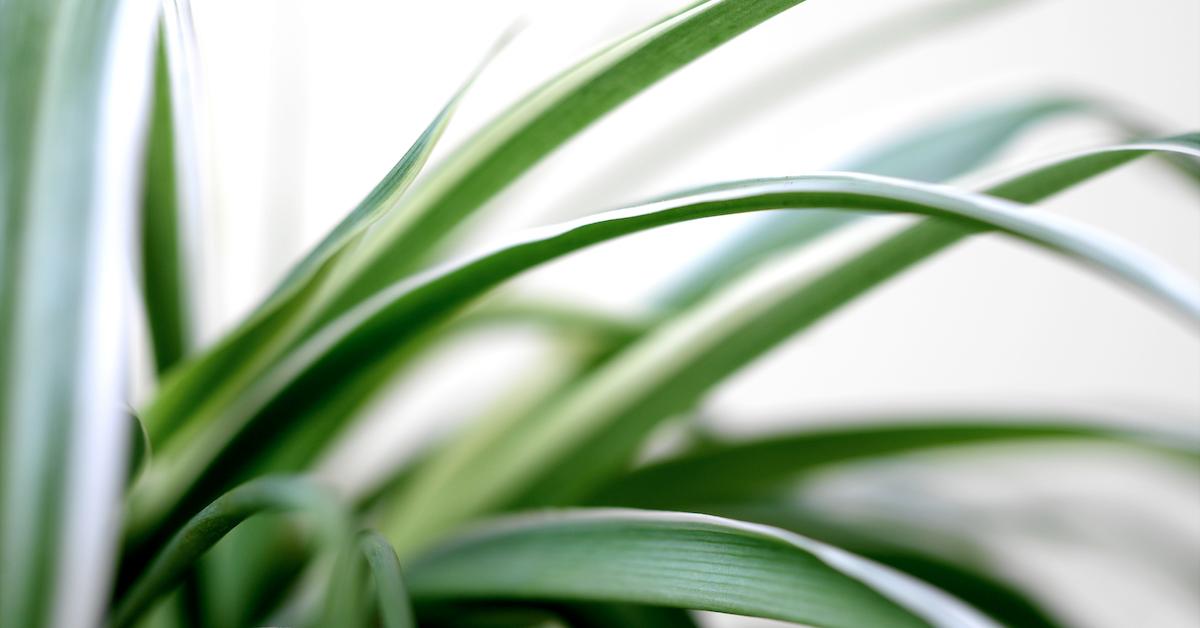8 Indoor Plants That Will Beautify Your Home and Clean Your Air
Published May 20 2021, 12:40 p.m. ET

Many of the items we use every day — such as cleaners, detergents, and even furniture — release harmful compounds into the air we breathe, even in our own homes. Luckily, some common houseplant species have been shown to purify the air and reduce indoor air pollutants. Keep reading to find out which indoor plants are best at cleaning the air.

Which indoor plants clean the air?
Despite what some people might think, plants do not “create oxygen.” Plants create energy by way of photosynthesis. They convert sunlight, water, and carbon dioxide into sugar, which creates energy. According to Planterra, oxygen is basically a byproduct of this photosynthetic process. It is in this way that plants clean the air, and those listed below do it quite well.
Lemon button fern
Known scientifically as Nephrolepis cordifolia, the lemon button fern is an easy-to-care-for houseplant that is also quite adept at cleaning the air of toxins. According to HGTV, lemon butter ferns thrive in both indirect light and moderate humidity, but they are much more tolerant of dryness than other ferns, so you can afford to let the soil dry out a bit before watering.

Money plant
According to Neha Kandwal and NASA, money plants are one of the most well-known in terms of air purification. Research at NASA revealed that money trees are capable of cleansing the air of various pollutants including benzene, formaldehyde, xylene, and toluene. Money trees should be watered at least once a week, but they are toxic if ingested, so keep them out of reach of pets and small children.
Snake plant
Snake plants, aka mother-in-law's tongue, are hardy succulents that can survive in a wide array of extreme environments. They are easy to care for, requiring little water and minimal sunlight. They have also been known to remove harmful benzene and formaldehyde from the air.
Devil’s ivy
With its colorful, cascading tendrils, devil’s ivy is a unique-looking plant that’s sure to brighten any room. According to Better Homes and Gardens, it’s also a plant that can remove four of the most common household chemicals from the air. Also known as the pothos, devil’s ivy can clear the air of xylene, benzene, formaldehyde, and trichloroethylene.
Gerbera daisy
The gerbera daisy isn’t just a pretty face. According to Neha Kandwal, this highly-decorative flower is known for being able to remove benzene and trichloroethylene from the air. The gerbera daisy is also renowned for its ability to produce high levels of oxygen, making it ideal for those with sleep apnea and other sleeping disorders.
Spider plant
The hardy spider plant is among the more unique and forgiving houseplants, and it can remove xylene and formaldehyde from the air. According to Better Homes and Gardens, these vine-bound plants are prolific growers and they can survive in many different extreme light and temperature conditions.

English ivy
Because it can grow in both full shade and full sun, English ivy is ideal as both a beautiful houseplant and a wonderful groundcover edition to any garden. With proper care, this sweeping vine can be trained and shaped to meet any decorative needs, all while removing harmful benzene, formaldehyde, xylene, and toluene from the surrounding air.
Rubber plants
The rubber plant is a brightly colored but somewhat temperamental houseplant. That said, they are fairly easy to care for, and their bright burgundy leaves need little watering. Rubber plants are able to remove xylene, benzene, formaldehyde, and trichloroethylene from the air, according to Better Homes and Gardens.